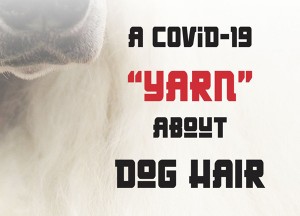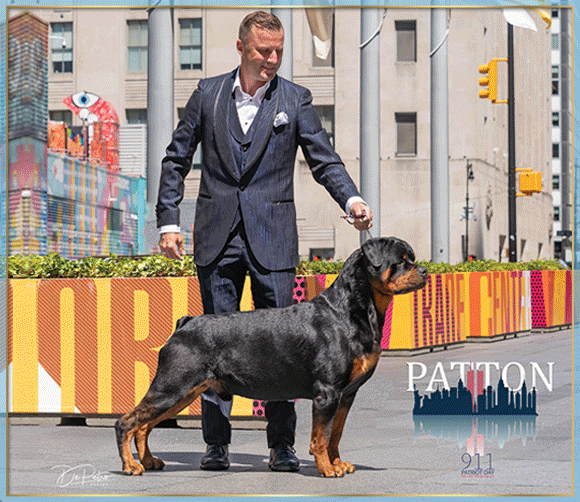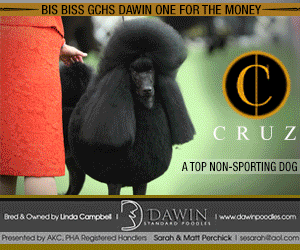A COVID-19 “Yarn” About Dog Hair
Click here to read the complete article
 By Amy Fernandez
By Amy Fernandez
It’s an understatement to call this year different. Among the few cheerful oddities of 2020 has been the rediscovery of long forgotten, quirky hobbies. Normally, before the advent of home lockdown, there was simply no time for stuff like beekeeping and needlepoint. In addition to the rebirth of old-fashioned time killers, we’ve also had the less delightful opportunity to examine every overlooked housekeeping chore. Who hasn’t organized the pantry and cleaned out the closets? Depressing for sure, but you know what’s worse? Realizing how much dog hair is all over the place. (And mind you, I have hairless dogs.) I can commiserate with Saint and Pyr owners. So, getting to the point, possibly the year’s strangest hobby revival has managed to unite both of these issues into one neat solution – knitting with dog hair.
Technically known as “chiengora” the utilization of this natural fiber actually has a very long history. As detailed in an October 9 Times Science feature, it represents one of North America’s earliest entrenched customs based on purebred selection. Contrary to popular belief, Europe and Asia had no monopoly on selective dog breeding. In fact, it was just as advanced and specialized over here. When explorers arrived here in the 15th century, they confronted at least 17 distinct breeds–depending where they came ashore. American dog breeding had proceeded along the same basic utilitarian lines as it had in Europe. Breeds were specialized for hunting, livestock protection, draft work, along with some unique twists. Hairless dogs were among the outstanding canine surprises. And throughout the Pacific Northwest they discovered wool dogs, essentially North America’s version of sheep. The first eyewitness report came from George Vancouver when he landed at Port Orchard Harbor in May, 1792.
“The dogs belonging to this tribe of Indians were numerous, and much resembled those of Pomerania, though in general somewhat larger. They were all shorn as close to the skin as sheep are in England and so compact was their fleece that large portions could be lifted up by a corner without causing any separation. They were composed of a mixture of a coarse type of wool and a very fine long hair, capable of being spun into yarn.” Vancouver described families walking along the shore on Puget Island “attended by about forty dogs in a drove shorn close to the skin like sheep.” That description, written shortly after spring shearing season would have been completed, left no doubt about their uniformity and uniqueness.
Click here to read the complete article

Short URL: http://caninechronicle.com/?p=195077
Comments are closed











